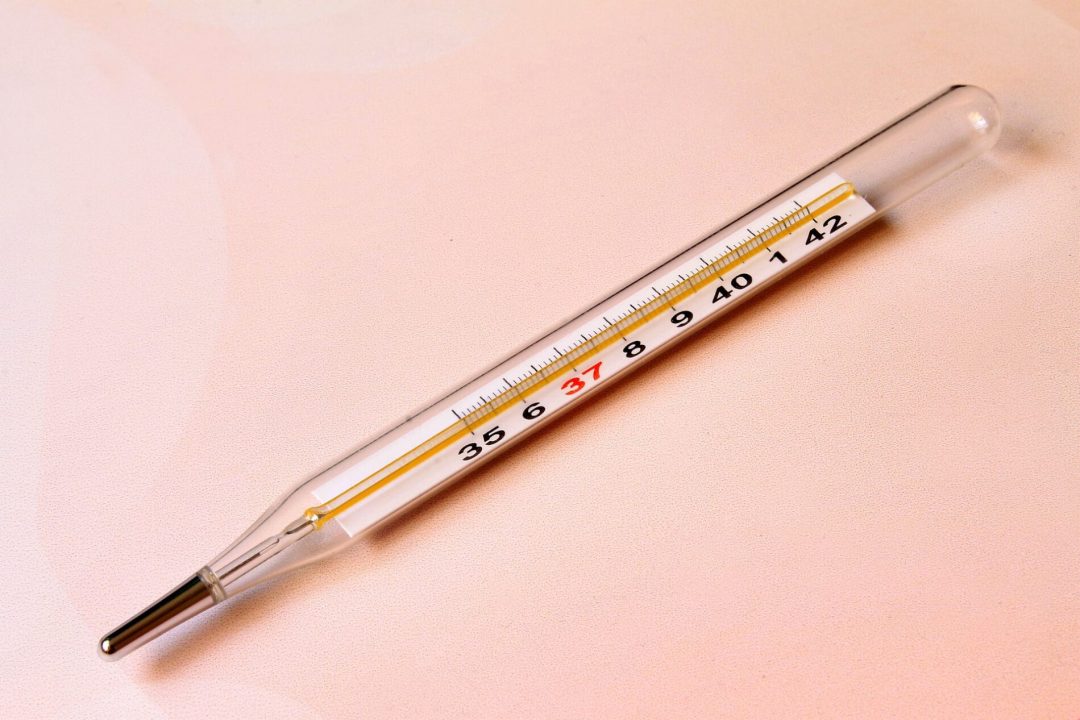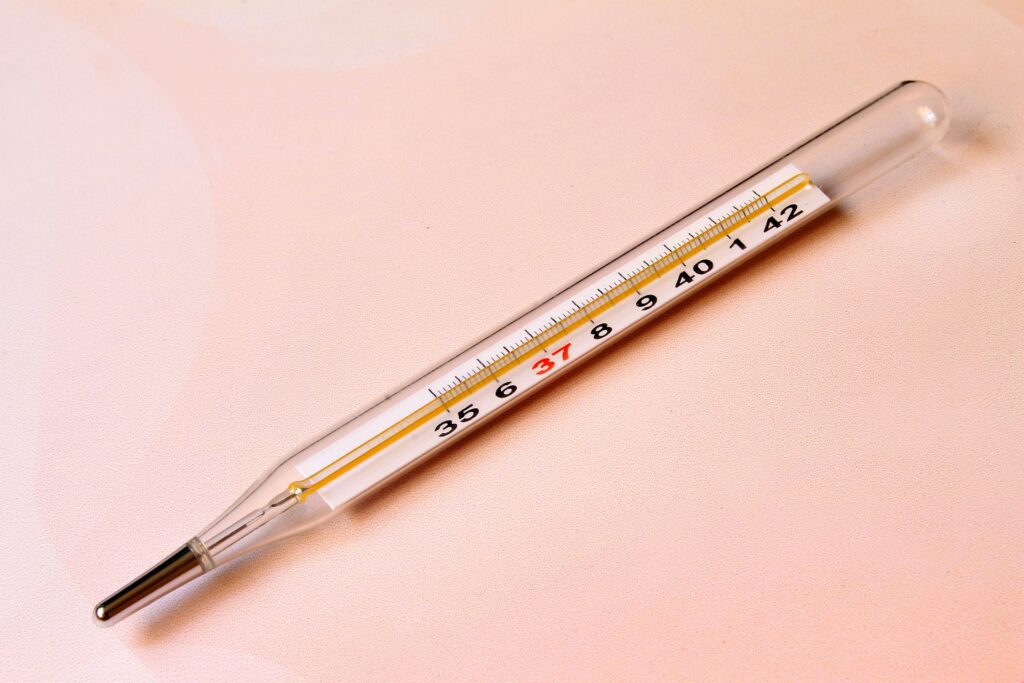
By Emily Holler
Heavy metals are naturally found in nature, but if they build up too much in our body they can become toxic and inflammatory. Modern industrial practices have increased heavy metals in our environment over the past one hundred years and our exposure has increased exponentially. A prime example is lead based paint, which has not only caused toxicity but created severe neurological damage in infants who inadvertently consumed some of the toxic paint on their crib several decades before these issues were uncovered. Another very common example of heavy metal exposure comes from the mercury contained in amalgam dental fillings.
In recent years the term ‘heavy metal toxicity’ has been used more and more frequently, as awareness of the condition has grown. Health practitioners have started to recognise that heavy metal toxicity is a genuine threat to our health and may also be a common culprit driving chronic health conditions. ‘Heavy metal toxicity is commonly overlooked as a driver of chronic health conditions’ explains our clinical director Reine DuBois, ‘in particular, conditions that have a neurological, hormonal or immune effect.’
‘Heavy metal toxicity is becoming increasingly common due to environmental toxins in water and air, pesticide use, improper food containers, cookware, fish consumption and mercury amalgam fillings’ says our in-house naturopath Kristin Zanotti. ‘Living near a crematorium or hospital, or residing in a mining town can also cause dangerous levels of exposure’ adds our clinical director Reine DuBois, ‘and there are actually two factors driving heavy metal toxicity, one is the exposure itself and the other is how effectively the body can eliminate the heavy metals. We can all tolerate small amounts and are all exposed to heavy metals in our daily environment, but when we can’t metabolise these toxins due to poor lymph, kidney and cellular clearance, that’s when we run into problems.’
Symptoms of heavy metal toxicity can range from fatigue, headache, depression, anxiety, insomnia, brain fog, memory issues and muscle weakness to unexplained chronic gut issues, a disturbed sense of smell and a metallic taste in the mouth. Neurological signs include tremors, dizziness, tingling or burning in extremities and numbness. ‘In the case of mercury fillings, symptoms can manifest in the mouth initially as bleeding gums, periodontal disease, a bald patch on the tongue, ulceration and a burning sensation’ says Dr Marcus O’Meara, an experienced holistic dentist from Brunswick Holistic Dental, ‘more ambiguous symptoms such as mood swings, lethargy and tiredness can manifest later making it hard to attribute it to the fillings.’
It’s really not a pretty picture for those who are suffering from this condition and unfortunately for those afflicted, it can take years of misdiagnosis and frustration before they find an appropriate clinic to assist them in reaching a formal diagnosis. It’s only then that they can work with their practitioner to formulate a pathway to wellness.
‘The best way to diagnose this condition is to undertake a heavy metal challenge’ says Reine. ‘We collect a urine sample, inject a chelating agent and collect all urine for 24 hours then assess the amount of heavy metal the body eliminates with the support of the agent. This works well to identify aluminium, lead, arsenic, copper or cadmium. To diagnose mercury we use the Mercury Tri-Test and Blood Metals Panel which is processed by the Quicksilver Lab in the US.’
Once patients have received a diagnosis the next step is to detox the metals safely from the body, and there is a very specific order of elimination that must be observed. ‘The detox must be guided by a medical professional, preferably a naturopath in conjunction with a GP’ states Kristin, ‘it is key to undertake it in the correct order and with an individualised approach. There is a pretox phase working up to the detox, which ensures that the detox phase is effective and safe.’
With amalgam fillings, ensuring the removal is effective and safe is so crucial that it is better to leave them in until this can be done without risk. ‘There must be a rubber dam around the tooth and a seal around the dam’, says Dr O’Meara. ‘The patient must have oxygen in their nose and an air filter in front of their mouth to ensure they’re not breathing spray from the drill. The removal instrument and technique is also highly specific. Charcoal tablets should be consumed afterwards as an additional safeguard.’
Breathing healthy air and consuming healthy water are essential factors in avoiding excessive exposure to heavy metals. By being conscious of the products we are using on our bodies, the materials present in our cookware and by mitigating environmental risks, we are more likely to evade heavy metal toxicity. However if the damage has already been done, the team at The Health Lodge are specialists in assessing and treating this onerous condition.
If you are concerned about amalgam dental fillings and suspect you may be suffering from associated heavy metal toxicity, you can contact Dr Marcus O’Meara at Brunswick Holistic Dental practice.



